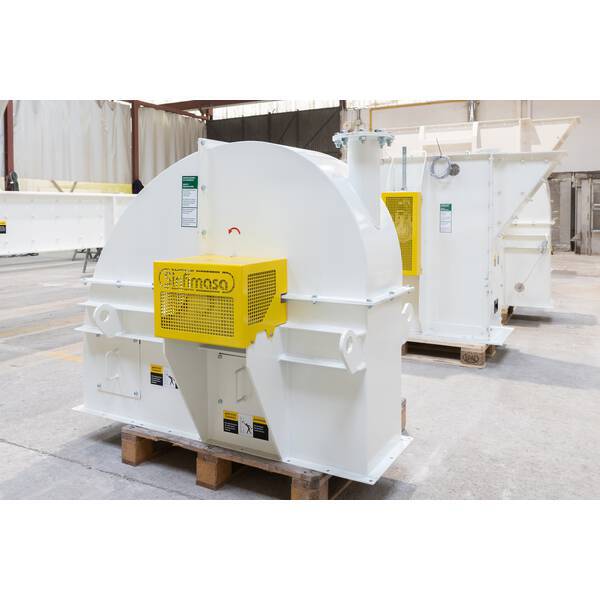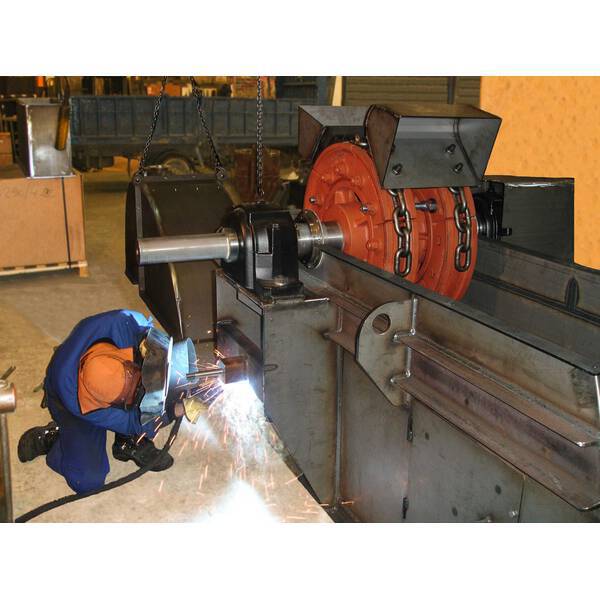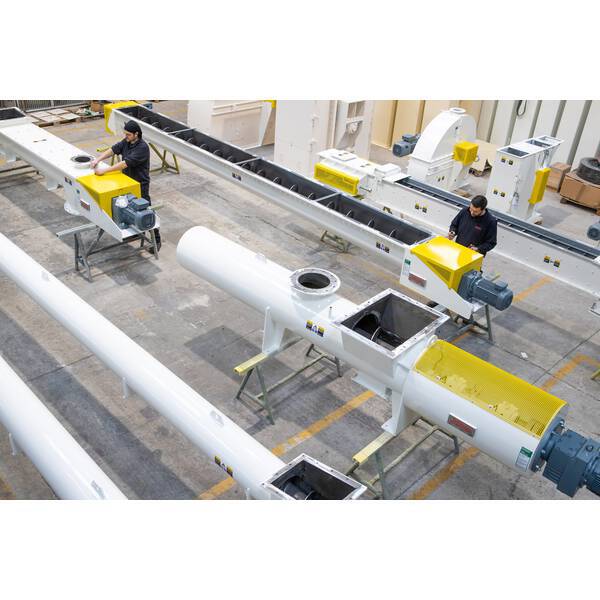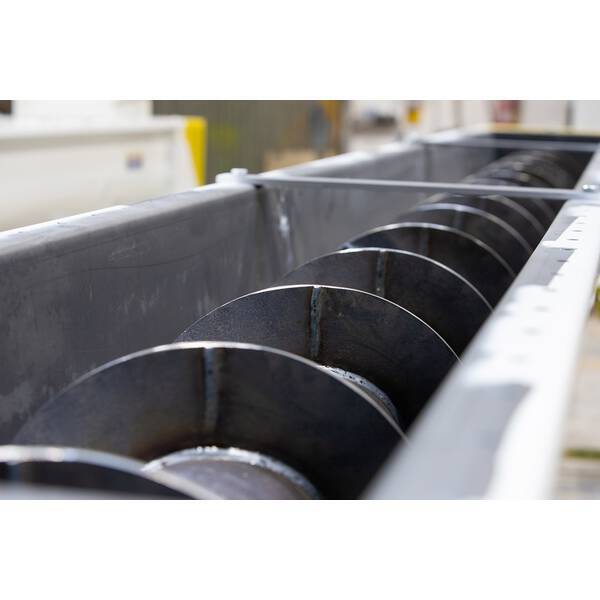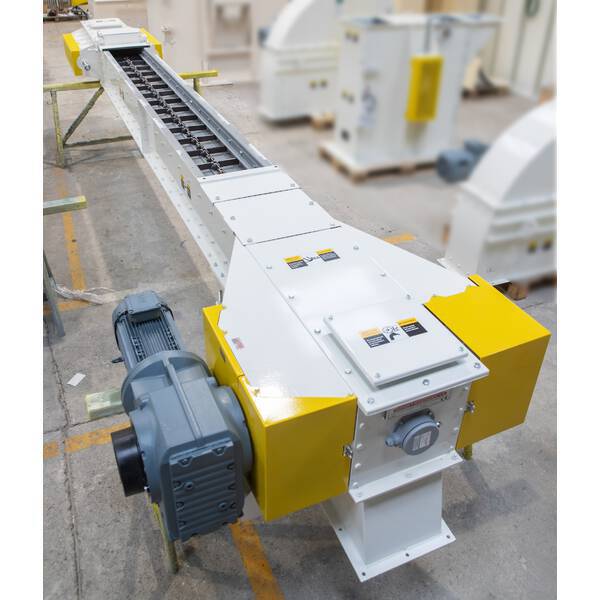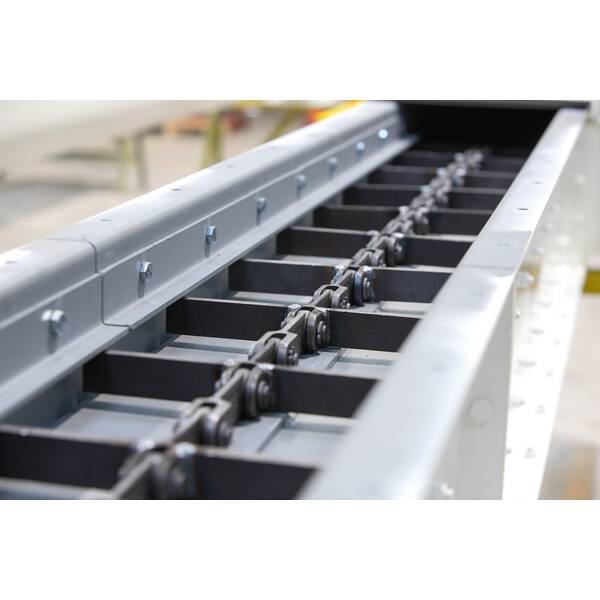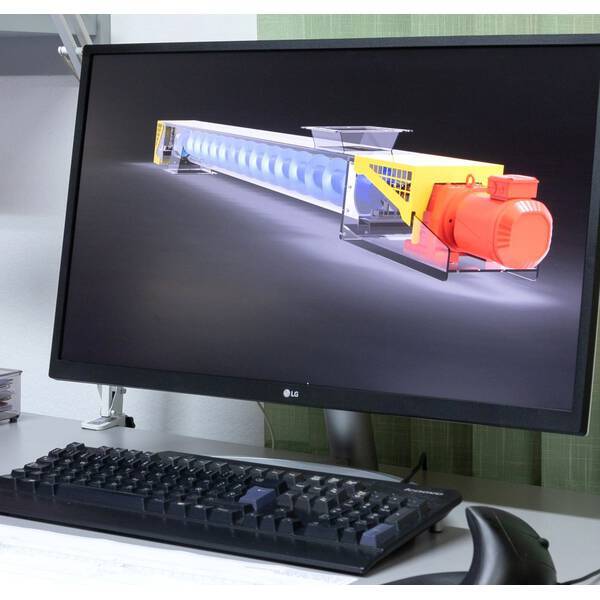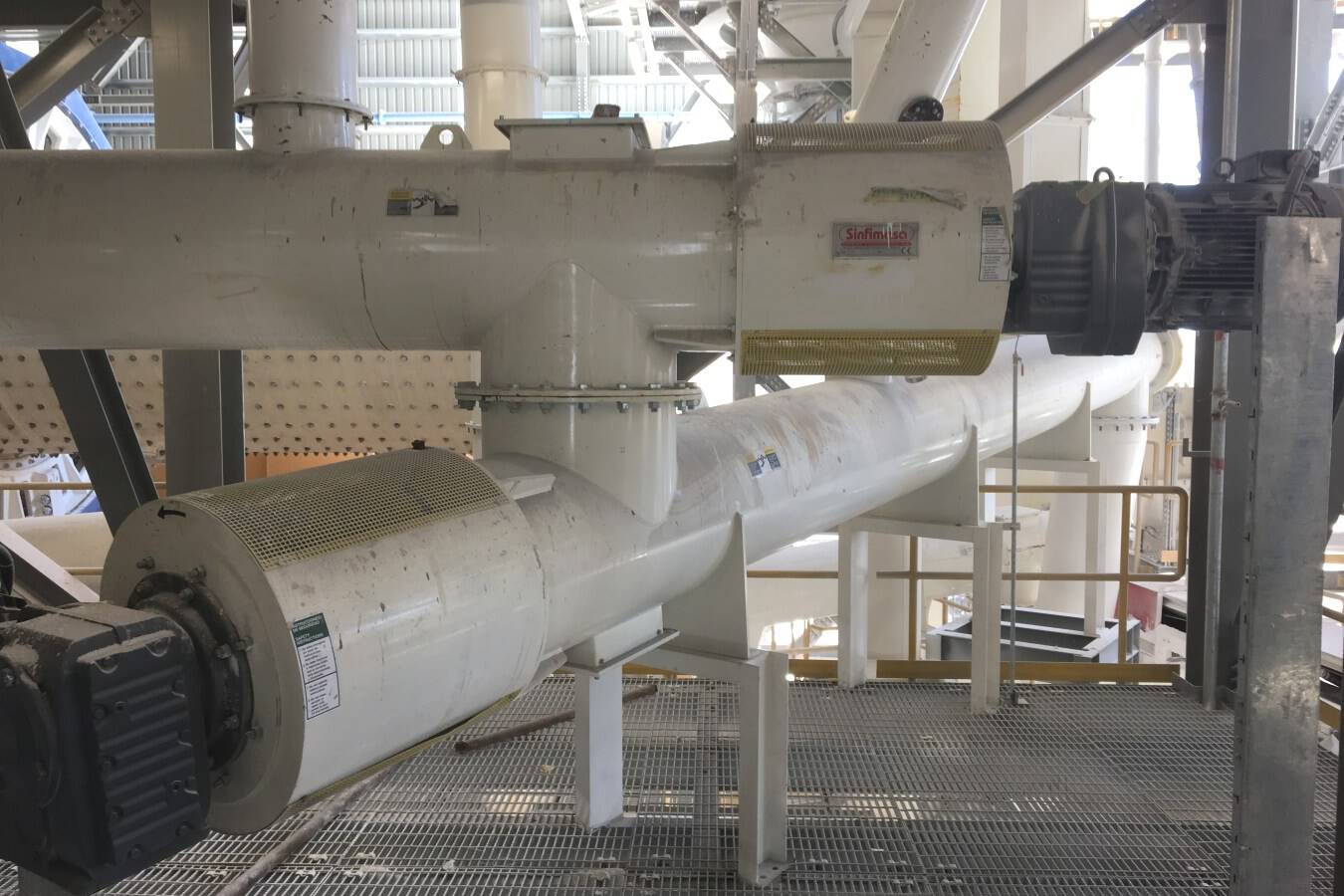Customized bucket elevator design: Why material testing is essential
In vertical conveying applications, the success of a bucket elevator does not begin with selecting the bucket type or motor power—it starts with a thorough understanding of the product to be lifted. Every bulk material reacts differently during transport, especially when elevated, and overlooking its specific behavior can lead to premature wear, product degradation, or operational failures.
Product characterization
Product characterization: The foundation of reliable vertical transport. When dealing with fragile, abrasive, greasy, or high-temperature materials, a generic elevator design often proves insufficient. Each material must be assessed for its physical properties to determine the optimal configuration for buckets, belts, and structural elements.
Key parameters to analyze
* Bulk density
* Particle size and shape
* Flow behavior and angle of repose
* Humidity and fines content
* Operating temperature
* Abrasiveness and corrosiveness
These values directly influence not only how the material is discharged from the buckets but also how it interacts with belts, chains, and contact surfaces during elevation.
Laboratory tests and pilot trials
Laboratory

